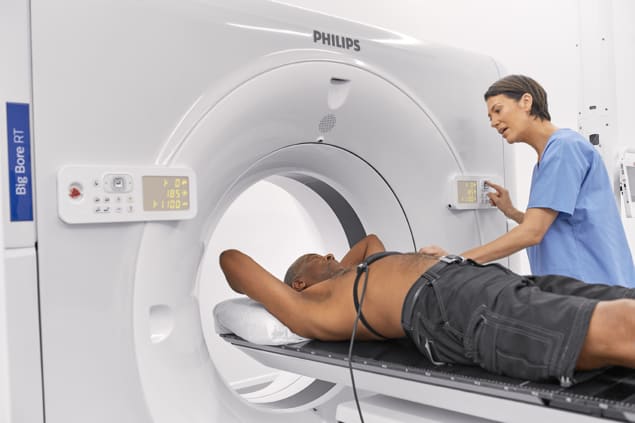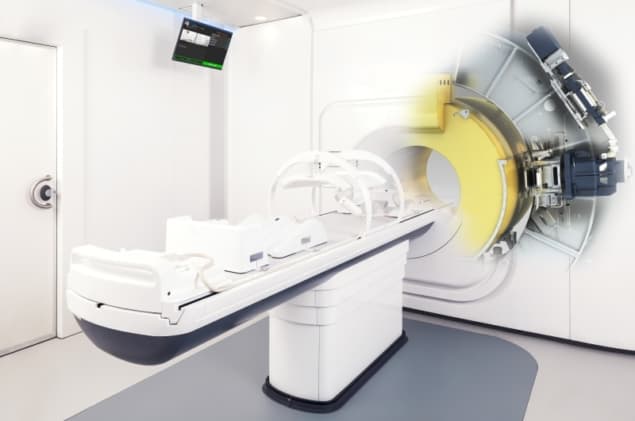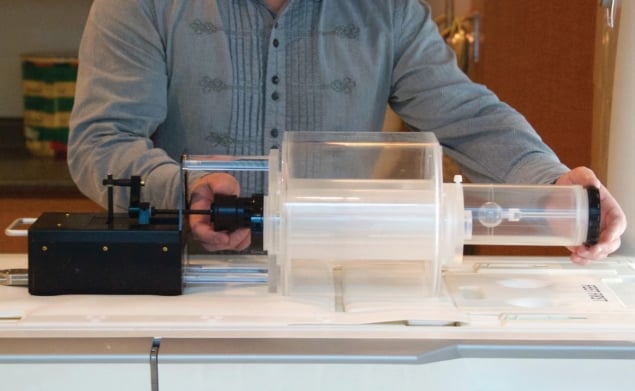
At the end of April medical physicists and radiation oncologists will be converging in Milan, Italy, for ESTRO 38, the annual congress of the European Society for Radiotherapy and Oncology. Delegates will have the opportunity to share knowledge and advances in the field, with a particular focus this year on a multidisciplinary approach to patient care. With the tagline “Targeting optimal care, together”, the scientific programme emphasizes how medical professionals are working together to improve patient outcomes.
The vendor community is an important part of this professional ecosystem, with technology providers working in tandem with researchers and clinicians to deliver better systems for imaging and therapy. Delegates at ESTRO 38 will have an opportunity to see demonstrations of the latest products, and to engage first-hand with the leading equipment vendors in the field.
Radiation oncology for the next generation
A new portfolio of radiation oncology solutions from Philips Healthcare promises to accelerate time from patient referral to the start of treatment. IntelliSpace Radiation Oncology, an intelligent patient management solution, is the latest addition to Philips’ renewed suite of radiation oncology systems and software. On show for the first time at ESTRO, the new portfolio includes Pinnacle Evolution treatment planning software, Big Bore RT, a dedicated oncology CT simulator, and the Ingenia Elition/Ambition MR-RT systems.

ESTRO delegates can also attend a satellite session hosted by Philips on 29 April. The hour-long session, which starts at 13.15 in Room Brown 3, features Ardie Ermers, who heads up Philips’ radiation oncology division, along with two speakers with extensive experience in the clinic: Dr Russell Banner from the South West Wales Cancer Centre in the UK, and Bas Raaymakers from the University Medical Center Utrecht in the Netherlands. More information about the session, and Philips’ other activities at ESTRO, is available on the company’s website.
You can find out more about Philips’ full suite of radiation oncology technology and integrated solutions at Booth #4000, or follow @PhilipsLiveFrom for updates throughout #ESTRO38.
Elekta Unity brings MR-guided radiotherapy to the clinic
Elekta will be running demonstrations of its full range of equipment for radiation therapy, radiosurgery and brachytherapy, and has provided an online tool for attendees to pre-book demonstrations of specific products. Most attention is likely to focus on the company’s Unity system for MR-guided radiotherapy, which is now available for clinical use in Europe and North America. The Unity system combines high-field 1.5 T MR imaging with radiation therapy to allow clinicians to see the effect of the treatment on the tumour, for the first time making it possible to adapt the treatment in real time.

Among the other products available for demonstration are the Monaco treatment planning system, the Versa HD for high-definition radiosurgery, and the MOSAIQ information management system for radiation oncology clinics. You can also register for a lunch symposium on 27 April to learn more about Elekta’s solutions and innovations, while the company is also running its first User’s Meeting at the event – which, unfortunately, is already fully subscribed.
Visit Elekta at Booth #3800, and pre-book a product demonstration via the company website.
Putting image-guided radiotherapy to the test
A novel motion phantom from Modus QA provides researchers with an accurate model for exploring the capabilities of image-guided radiotherapy for improving cancer treatment and neurosurgery. The programmable QUASAR MRI 4D motion phantom allows medical physicists to understand the effects of tumour motion, such as when a patient breathes or when there’s peristaltic motion through the digestive system.

Using the phantom in combination with dosimetry inserts allows scientists to calculate and measure the dose that is administered to a moving target, while also ensuring that they are hitting the moving target and not the surrounding healthy tissue. The phantom design is flexible, practical and easy to deploy, allowing researchers to gather as much data as possible for a range of possible patient scenarios.
Features of the QUASAR motion phantom include a spherical target that can mimic numerous trajectories of a tumour in the body, including those seen during breathing. “We can add not only linear motion in and out of the phantom, but we can also add twist and offset that sphere so that it follows a complex 3D path as time plays out,” says Enzo Barberi, Modus’ director of MR product development.
Visit Modus QA at Booth #3310 to find out more about the QUASAR phantom plus the company’s full range of QA solutions.




